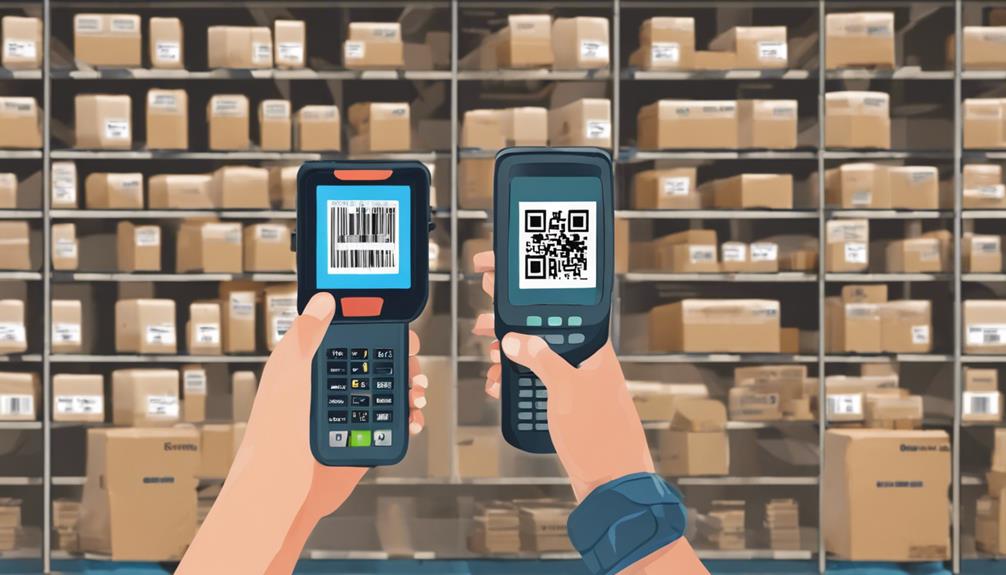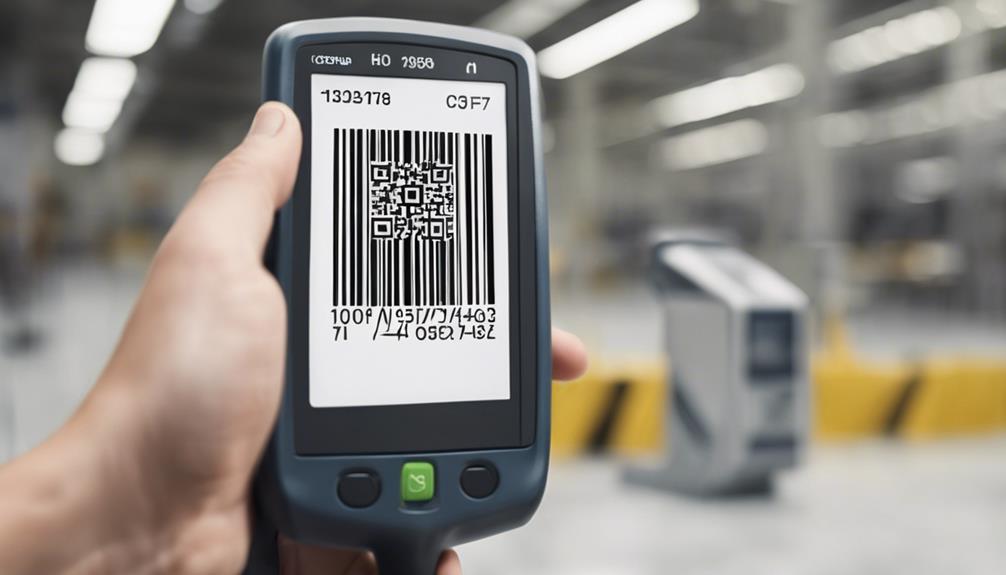You may think of barcodes as simple tools for identification, but the latest advancements have transformed them into sophisticated systems that redefine efficiency and accuracy. Imagine a world where barcodes not only store data but also adapt and learn from their environment, revolutionizing inventory management and supply chain operations. These five incredible innovations in advanced barcode indexing techniques hold the key to unlocking a new realm of possibilities in data processing and optimization.
Latest Trends in Barcode Indexing
In the realm of barcode indexing, the latest trends are shaping the way data is organized and accessed. Enhanced accuracy is a key focus in modern barcode indexing techniques. By leveraging advanced algorithms and technologies, such as machine learning and computer vision, organizations can achieve higher levels of accuracy in barcode recognition. This improvement eliminates errors and enhances overall data quality, leading to more reliable inventory management and supply chain operations.
Streamlined processes are another significant trend in barcode indexing. Automation plays a crucial role in streamlining workflows by reducing manual intervention. With automated barcode scanning and data entry, tasks are completed more efficiently, saving time and minimizing human errors. Integration with enterprise resource planning (ERP) systems further enhances process efficiency by enabling real-time data synchronization and seamless information flow across different departments.
These trends in enhanced accuracy and streamlined processes reflect the continuous evolution of barcode indexing towards optimizing data management and operational efficiency in various industries.
Impact of AI on Barcode Indexing
With the rapid advancements in artificial intelligence (AI), the impact on barcode indexing has been profound. AI integration has revolutionized the way barcode data is processed and managed, leading to increased efficiency and accuracy in various industries. Here are some key points highlighting the impact of AI on barcode indexing:
- Improved Data Accuracy: AI algorithms can analyze barcode information with precision, reducing errors and enhancing overall data accuracy.
- Enhanced Speed: AI integration enables swift processing of barcode data, allowing for quicker indexing and retrieval of information.
- Adaptive Learning: AI systems can adapt to new barcode formats and variations, continuously improving indexing capabilities over time.
- Complex Pattern Recognition: AI technologies excel at recognizing intricate patterns within barcodes, enhancing the indexing process for diverse barcode types.
The seamless integration of AI into barcode indexing processes has significantly elevated the standards of data accuracy and operational efficiency across various sectors.
Role of Machine Learning in Barcode Indexing
The evolution of barcode indexing has been greatly influenced by advancements in artificial intelligence, particularly through the integration of machine learning. Machine learning plays a crucial role in enhancing the accuracy and efficiency of barcode indexing processes. Deep learning, a subset of machine learning, has shown remarkable potential in recognizing and extracting data from barcodes with high precision. By training neural networks with vast amounts of barcode data, algorithms can learn to interpret different types of barcodes, even in challenging conditions such as low lighting or blurred images. Neural networks, a key component of machine learning, enable the system to adapt and improve its barcode recognition capabilities over time through continuous learning.
The utilization of machine learning techniques like deep learning and neural networks has revolutionized the field of barcode indexing, making the process faster, more reliable, and adaptable to diverse environments. By harnessing the power of these technologies, businesses can streamline their operations, reduce errors, and enhance overall productivity in barcode management.
Benefits of Automation in Barcode Indexing
Automating barcode indexing offers a multitude of benefits for businesses seeking to optimize their operations. By implementing automation in this process, companies can experience increased efficiency and significant cost savings. Here are some key advantages of automating barcode indexing:
- Enhanced Accuracy: Automation reduces the likelihood of human errors in indexing, ensuring that data is recorded correctly every time.
- Faster Processing: Automated barcode indexing can process large volumes of data at a much faster pace than manual methods, leading to improved workflow efficiency.
- Cost-Effective: With automation, businesses can reduce labor costs associated with manual data entry and reallocate resources to more strategic tasks.
- Improved Data Accessibility: Automated indexing allows for quick retrieval of information, enabling employees to access data promptly and make informed decisions.
Barcode Indexing for Complex Data Sets
For organizations handling intricate data collections, implementing barcode indexing for complex data sets is crucial for streamlined management and retrieval processes. When dealing with vast amounts of data, efficient organization and quick access are paramount. Barcode indexing allows for the seamless categorization and retrieval of complex data sets through the use of unique identifiers.
Data visualization plays a key role in simplifying the understanding of complex data sets. By associating barcodes with specific data points, organizations can create visual representations that aid in identifying patterns and trends within the data. This facilitates quicker decision-making and enhances overall operational efficiency.
Pattern recognition is another significant advantage of barcode indexing for complex data sets. By analyzing barcode patterns, organizations can identify similarities, anomalies, and correlations within their data. This enables them to extract valuable insights and optimize processes based on these findings.
Frequently Asked Questions
How Do Barcode Indexing Techniques Ensure Data Security?
To ensure data security, barcode indexing techniques employ data encryption, safeguarding information from unauthorized access. Access control mechanisms restrict entry to only authorized individuals, enhancing privacy and protecting sensitive data from potential breaches.
Can Barcode Indexing Handle Real-Time Inventory Updates?
Real-time tracking with barcode indexing can provide up to 95% inventory accuracy. It ensures swift updates and precise data management. By leveraging this technology, you can streamline operations, reduce errors, and enhance overall efficiency in inventory management.
What Are the Potential Ethical Implications of AI in Barcode Indexing?
Privacy concerns arise with AI in barcode indexing due to potential data breaches. Biased algorithms may lead to inaccuracies in indexing, affecting inventory management. It is vital to address these ethical implications to ensure fair and secure operations.
Is It Possible to Customize Barcode Indexing Algorithms?
Can you tailor barcode indexing algorithms? Yes, you can customize them to fit your needs. By adjusting settings like search parameters or sorting criteria, you enhance algorithm efficiency and streamline data retrieval processes effectively.
How Does Barcode Indexing Cope With Irregularly Shaped Items?
When dealing with irregularly shaped items, barcode indexing utilizes 3D scanning technology to capture detailed dimensions. Machine learning algorithms analyze this data to create unique identifiers, ensuring accurate tracking and inventory management regardless of shape variations.



